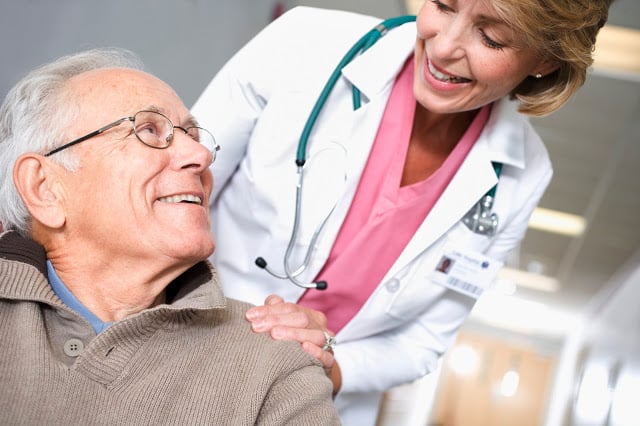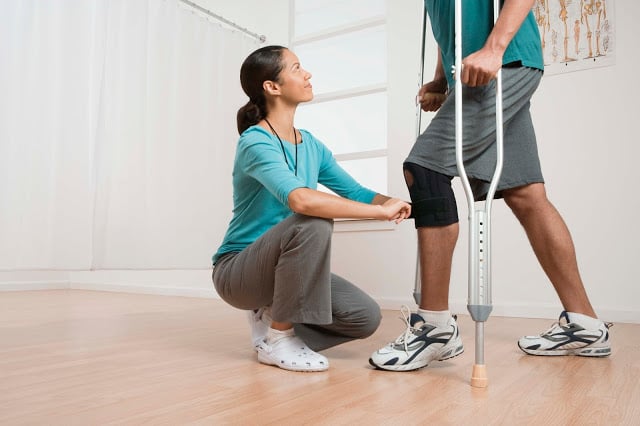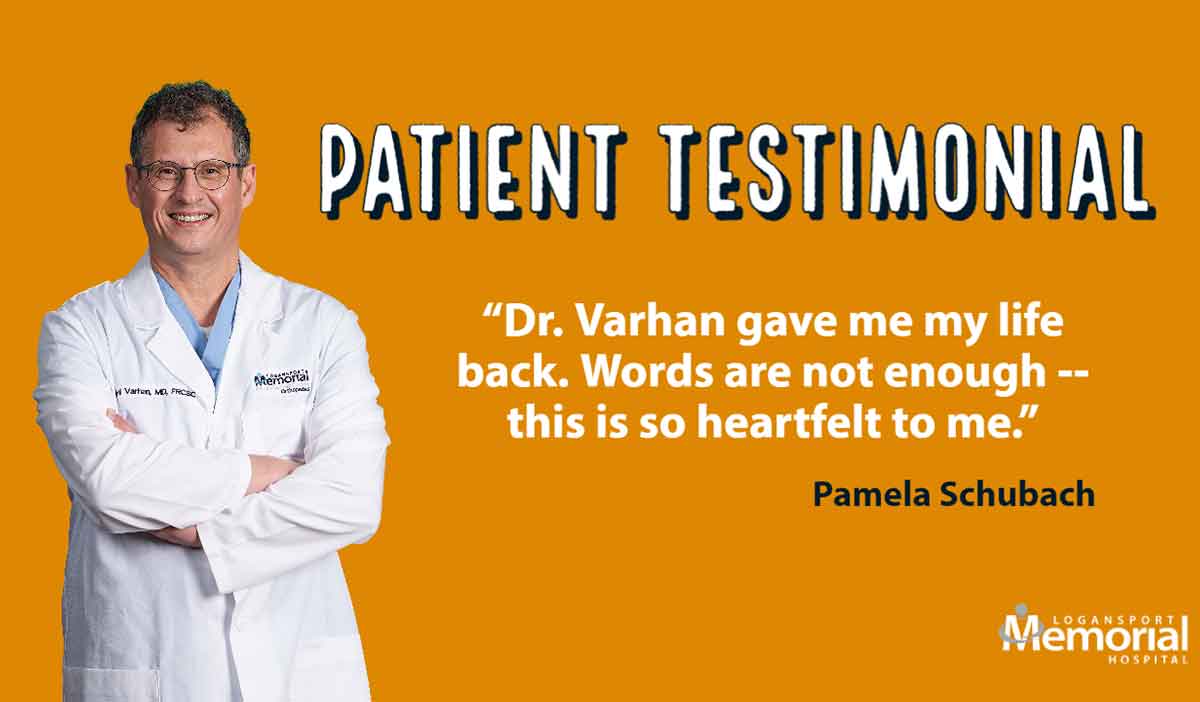Common signs of aging include gray hair and wrinkled skin but there are also signs that we can't see. As we age, our bones and joints age too and many people experience some form of orthopedic disorders as they age. Those aches and "creaking" bones can be symptoms of an issue that may benefit from orthopedic treatment. Three very common orthopedic issues for the elderly include osteoporosis.

Osteoarthritis
When most people think about arthritis, they are thinking of osteoarthritis. OA is a degenerative disease most often felt in the joints of your hands, fingers, ankles, knees and spine. When it progresses, osteoarthritis can make it difficult to perform everyday activities. While there is no cure for arthritis, there are things you can do to reduce its impact and decrease pain.
- Stay active
- Eat a healthy diet
- Get enough sleep
- Talk to your doctor about over-the-counter options or at-home treatments such as applying heat or ice to reliever pain
Learn more about OA and other forms of arthritis in our recent article: Common types & symptoms of artists.
Fractures & dislocations
As bones age they tend to become weaker and more brittle - more easily broken. Older people with unsteady balance or vision problems are also at a higher risk of falling. Combine that with weaker bones and your have the perfect recipe for fractures and dislocated joints. There are many different types of fractures and dislocations, all of which can benefit from orthopedic intervention.
Fall prevention is your strongest weapon against fractures and dislocations. Regular exercise can improve your balance. Strength training exercises are a good way to increase bone strength. Talk to your doctor about the best exercise program for your needs.

Osteoporosis
Osteoporosis is a disease marked by decreasing bone mass, density, and quality, making bones weak and brittle. If left unchecked, it can lead to fractures. Osteoporosis is more common in women than in men but it can happen to anyone. Often there are no symptoms and the first signs of osteoporosis are seen from a fracture. Your primary care physician can help you determine your risk for osteoporosis and give you tips for prevention.
How do you know when you need an osteoporosis scan?
When you need orthopedic care, turn to the experts at Logansport Memorial Hospital. Our orthopedic team is ready to help with accessible, comprehensive care. Our orthopedic surgeons are accepting patients.




